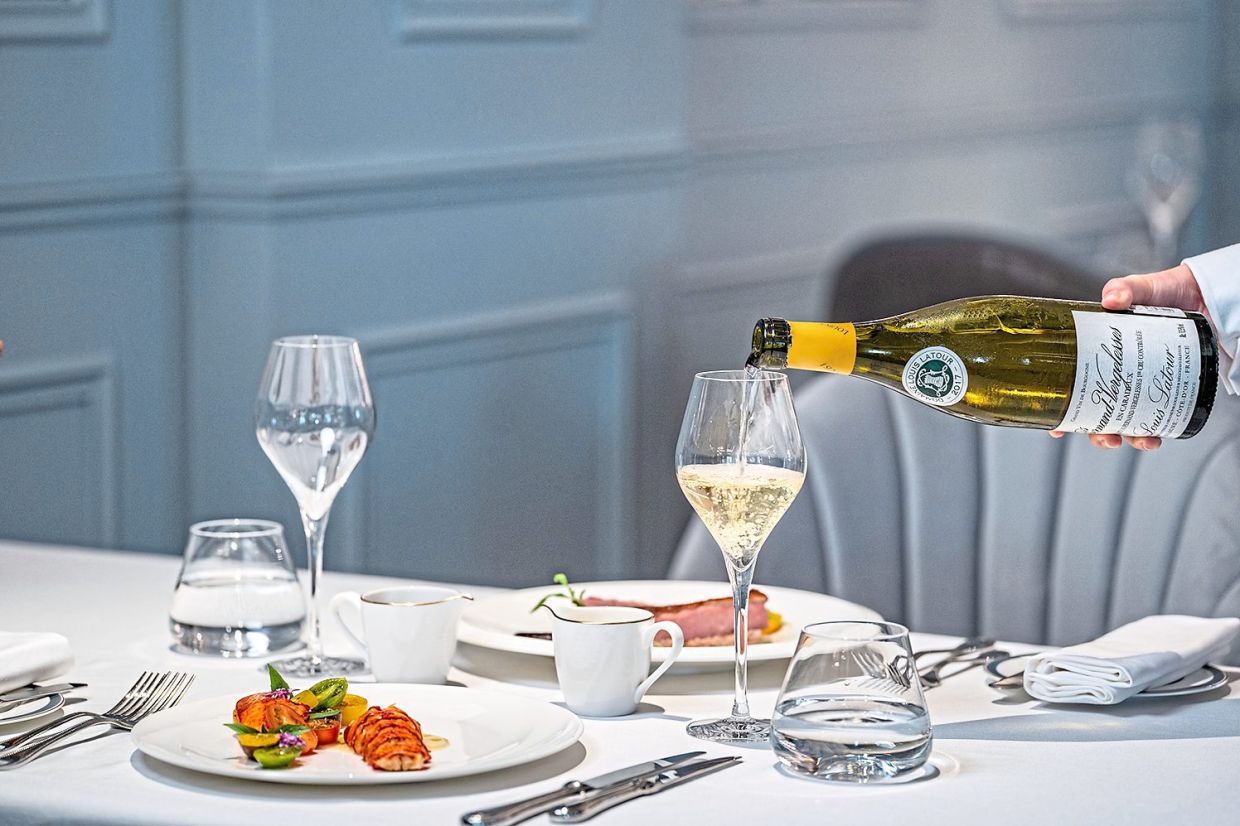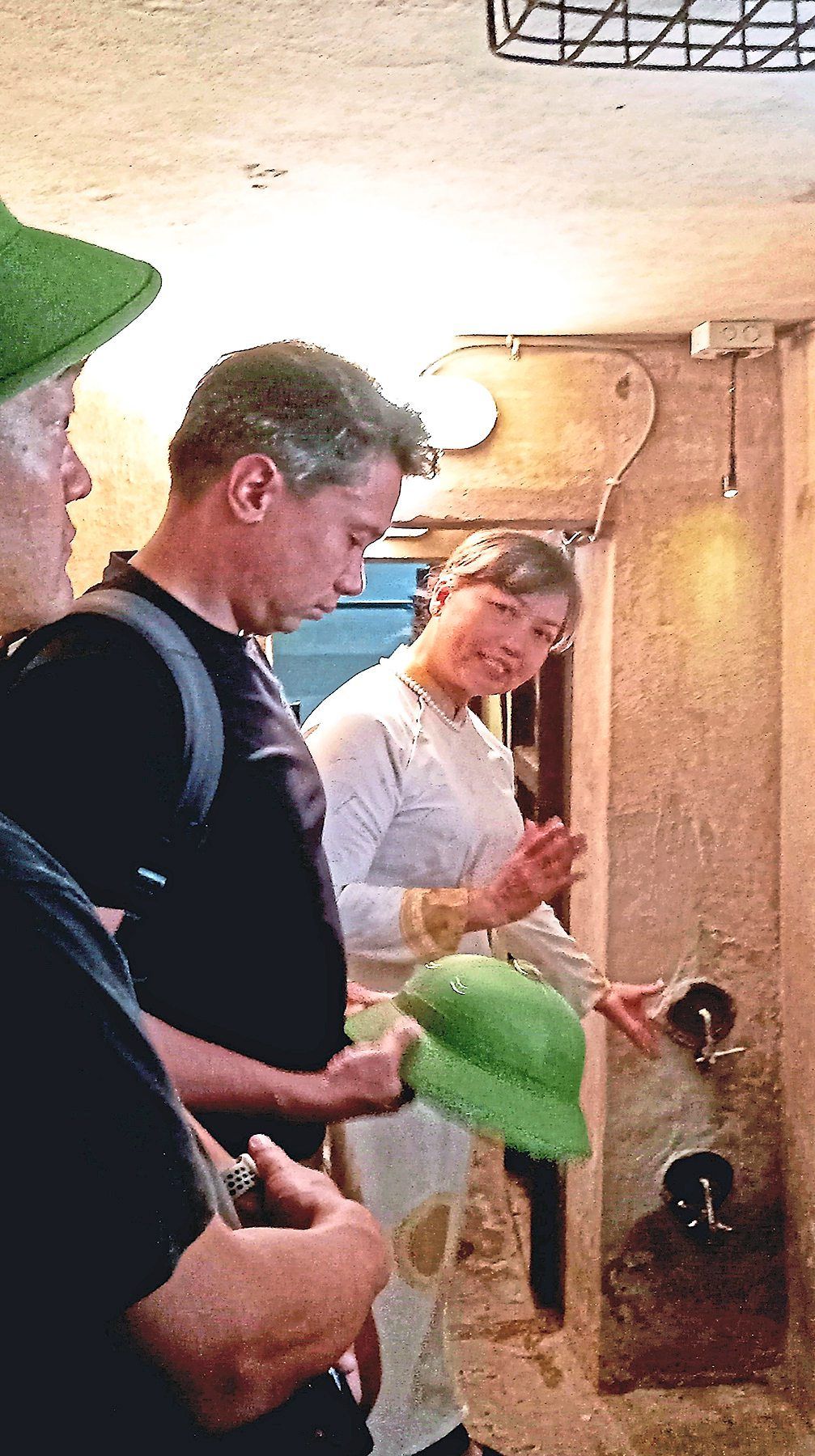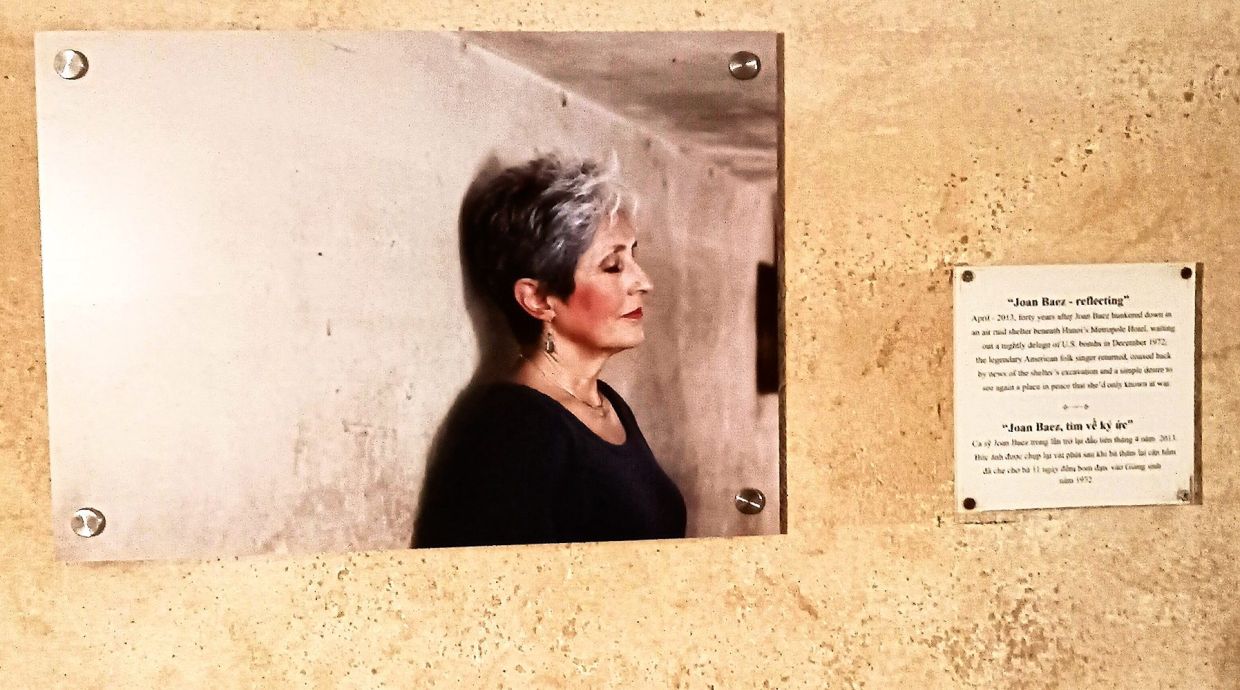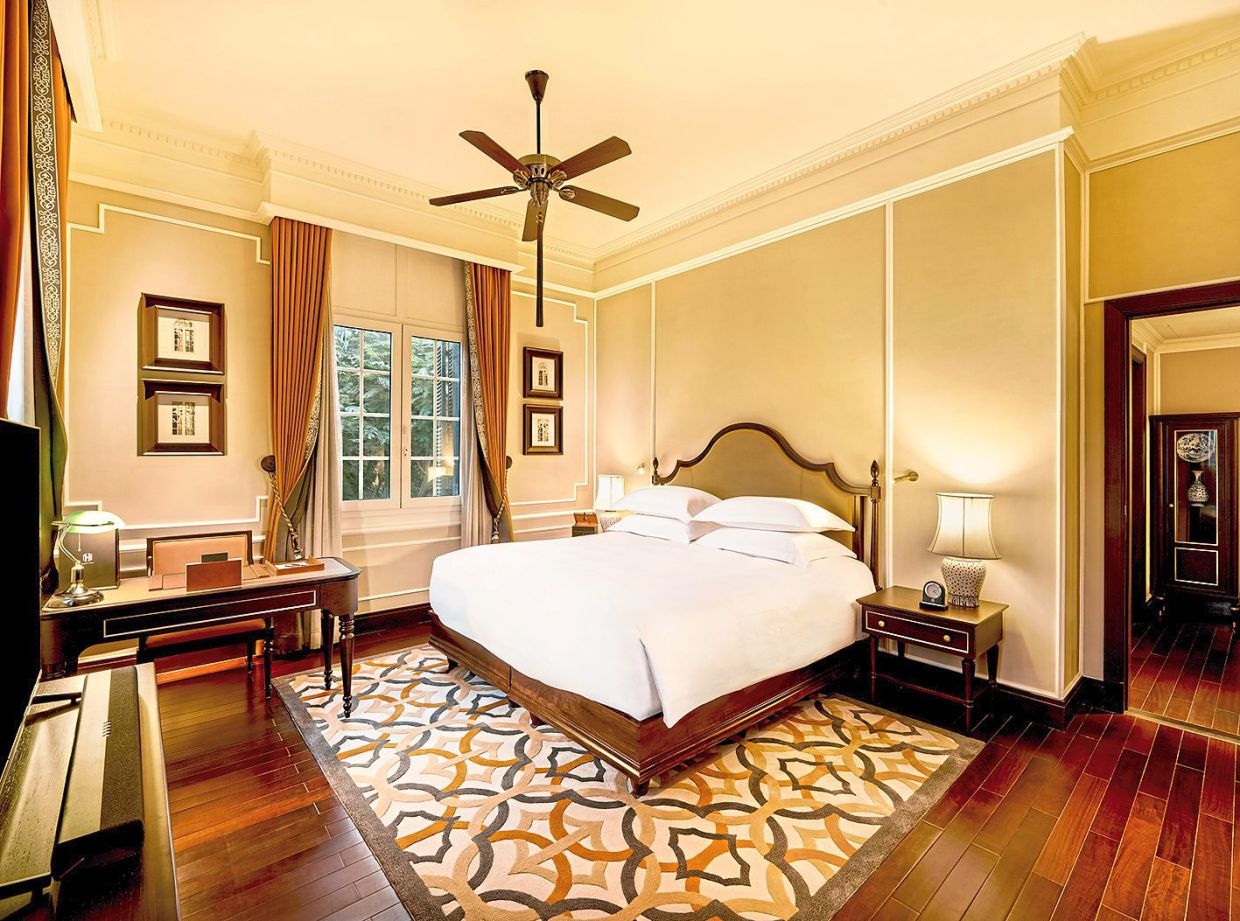During the 1970s, Metropole guests went to the hotel’s bomb shelter whenever American bombs rained down to stay safe. — Metropole Hotel
There are just a few hotels around the world that, when their name is mentioned, are instantly recognised as venues most travellers aspire to visit at least once in their lives. You probably know some of these hotels: Raffles Singapore, the Mandarin Oriental in Bangkok, Thailand, The Peninsula in Hong Kong, and the Eastern and Oriental in Penang.
In the early days of the colony, Singapore was synonymous with Raffles, as it was the only place to stay in this part of the Far East.
In the Vietnamese capital of Hanoi, the Metropole is the one to look out for. Opened in 1901, it catered to discerning guests visiting this important outpost of French Indochina. Called the Sofitel Legend Metropole Hanoi today, the property is considered “legendary” as it is usually the choice hotel for royalty, heads of state, celebrities, and well-to-do travellers to the city.
Many hotels are reluctant to tell you who has graced their hotel, but at the Metropole, it’s easy to find out as there is a list along its hall of fame”, which is just off the lobby in the original Heritage Wing.
An infamous history
While most guests to any hotel choose to use available facilities such as the wellness spa, gym, restaurant and pool, I was surprised that the Metropole offers something unique: a tour of its underground bomb shelter.
A bomb shelter, I hear you retort, especially any young ones who may have read this far. A back story is essential to put this bomb shelter into an historical context.
While Hanoi is now the capital of a unified Vietnam, the country was once divided into communist North Vietnam and a more capitalist-oriented South Vietnam. Hanoi was the capital of the north, and Saigon (now Ho Chi Minh City), the capital of the south.
Fearing the spread of communism from China through South Vietnam and then further south into Malaysia and its neighbours, the United States and several of its allies set about to stop this ideological creep.
In August 1964, the Tonkin Gulf Incidents saw two US warships supposedly fired upon by the North Vietnamese in waters just off the coast. History suggests that the “unprovoked” attacks on the US were either provocative or that they did not happen. However, the incident led to the Americans retaliating, and so began the Vietnam War (or what the Vietnamese refer to as the American War).
US involvement in Vietnam lasted from 1962 until April 1973. It was one of the bloodiest conflicts the world has known and only came to an end when a North Vietnamese tank stormed the Presidential Palace in Saigon (the classic image of this event was immortalised by an Australian news cameraman named Neil Davis).
The defeat of South Vietnam unified the country under a communist regime.
If you can’t beat ‘em ...
So how does the bomb shelter beneath the Metropole become part of this grizzly war? As the war was not proceeding to plan, the Americans launched a bombing campaign aimed at pummelling Hanoi and North Vietnam into submission.
B-52 bombers mostly set off from US air bases in Thailand and dropped millions of tonnes of ordinances on Vietnam. In the North Vietnamese capital, its citizens took to building shelters to avoid being bombed into oblivion, and naturally, its leading hotel needed a shelter to protect its esteemed guests.
The hotel’s bomb shelter protected its guests, including famous visitors such as singer Joan Baez and actress Jane Fonda, from air raids during the war. After the war, the bunker was closed and sealed until its “discovery” by hotel staff during renovations in 2011.
Recognising its importance, the shelter was rejuvenated and restored before being reopened in May 2012. Management wanted to honour the extraordinary efforts of its employees during the shared hardships of war. Today, this space serves as a memorial to their courage and perseverance and to remember the harsh reality of war.
To the bunker
After an enlightening introduction to the hotel’s history, including all the famous people who had stayed there, I donned a jungle green Vietnamese Army pith hat and joined a few other guests to delve into the famous bunker.
The bomb shelter was built in the 1960s as a safe haven for guests in the event of aerial bombardment. This was put to the test in December 1972, when then US president, Richard Nixon, launched Operation Linebacker II, a massive aerial bombing campaign over North Vietnam.
During the numerous bombing raids that also became known as the Christmas Bombings, B-52 bombers dropped an inordinate amount of ordnances on Hanoi and the port of Haiphong over 11 days. This eventually led the North Vietnamese to sign the Paris Peace Accord.
As bombs rained over the city, guests at the Metropole hunkered down in the cramped underground quarters built to accommodate 40 people and passed the time by chatting, reassuring each other, fortifying themselves with a soothing beverage, or, in the case of one legendary guest, writing a song.
That guest was American folk singer and anti-war activist Baez, who wrote the song Where Are You Now My Son? while sheltering in the bunker. Baez was in the Metropole for almost two weeks during a time that coincided with the bombings.
The song incorporates atmospheric sounds that Baez documented on a portable tape recorder. These included air raid sirens, passing jets, the laughter of children, falling bombs, and discussions shared with others in the shelter.
The late 1960s and early 1970s were a time of great division in American society, with as many people against the war as for it. A few Americans, such as Baez, were in Hanoi seeking an alternate view to those provided by the US government, and mainstream pro-war media.
The song captured the chaos of Hanoi and of life in the hotel bunker as experienced by her and a handful of other guests.
Peaceful return
Peace returned to Vietnam, but it took the US until June 1995 for president Bill Clinton to normalise relations with their former foe. Other countries did this much earlier, and the rebuilding of Vietnam began, including renovations to the Metropole.
French hotel group Accor has been associated with the Metropole since 1988 and has initiated several renovations, including the construction of the Opera Wing to complement the Heritage Wing. The most recent and extensive renovation was just completed, and now guests have the opportunity to immerse themselves in the hotel’s heritage ambiance complete with contemporary luxuries.
I sipped coffee at La Terasse on the hotel’s sidewalk and imagined I was on the Champs Elysées in Paris. Le Beaulieu is a grand restaurant serving the finest French dishes and wines with its Sunday brunch, one of the city’s legendary indulgences.
The Metropole’s luxurious accommodation takes guests back to a golden era of travel, and while its bomb shelter is its least glamorous attraction, it is my recommendation to check in and check out this protective bunker.
Baez returned to the hotel in 2013 and spent several peaceful days remembering her time at the hotel during the dreadful Christmas bombings of 1972. She joined a historic tour, which included a showing of the bomb shelter.
While my tour of the hotel was very impressive, I wondered how amazing it would have been to have done it with someone like Baez who had lived through the horrors of the bombing.
She also painted a portrait of a young Vietnamese boy in her suite at the hotel. Later, she donated it to the hotel and it – or perhaps a copy (no one could say for sure) – is on display in the lobby of the Heritage Wing.
Daily tours of Metropole’s “path of history” and the bomb shelter with a hotel historian are offered exclusively for guests. Tours are conducted daily at 5pm and 6pm.
Photos of the Metropole, Hanoi
Fine dining with wines at Le Beaulieu has always been a feature at the luxury hotel. — Metropole Hotel
The green Vietnamese Army pith hat that you can wear during the tour. — DAVID BOWDEN
The Joan Baez memorial in the Metropole. — DAVID BOWDEN
The Joan Baez memorial in the Metropole. — DAVID BOWDEN













